NASA Mars Image Is Clearest We’ve Ever Seen
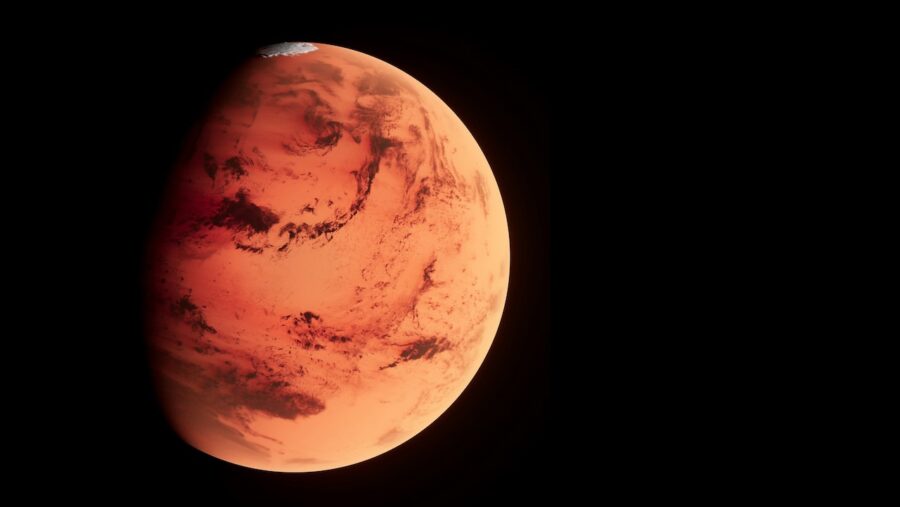
As you likely already know, the NASA Perseverance rover has been combing its way across the surface of Mars for nearly four years now, documenting many fascinating discoveries along the way. Someday soon, human beings may finally take their first steps on the big red orb, due in large part to the data being transmitted by Perseverance on a regular basis.
Thanks to new Mars images published through NASA’s photojournal, we can see the surface of the foreign planet in stunning detail, allowing a glimpse into the Perseverance rover’s daily view.
A Look At Mars
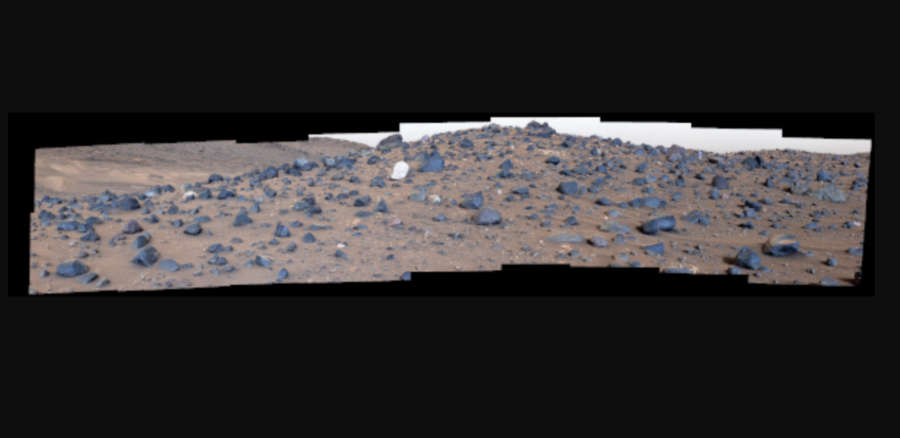
According to a write-up accompanying the image gallery, the photos snapped by Perseverance showcase a field of boulders strewn across a section of the Mars surface called Mount Washburn.
The mountainous area, which is named after its Earth counterpart in Wyoming, displays reddish, clay-colored sand loaded with large grayish rocks. At a glance, these Mars images could just as easily have come from the red rocks of Northern Arizona or Colorado, demystifying the unknown landscape of the distant planet.
Like The American Southwest?
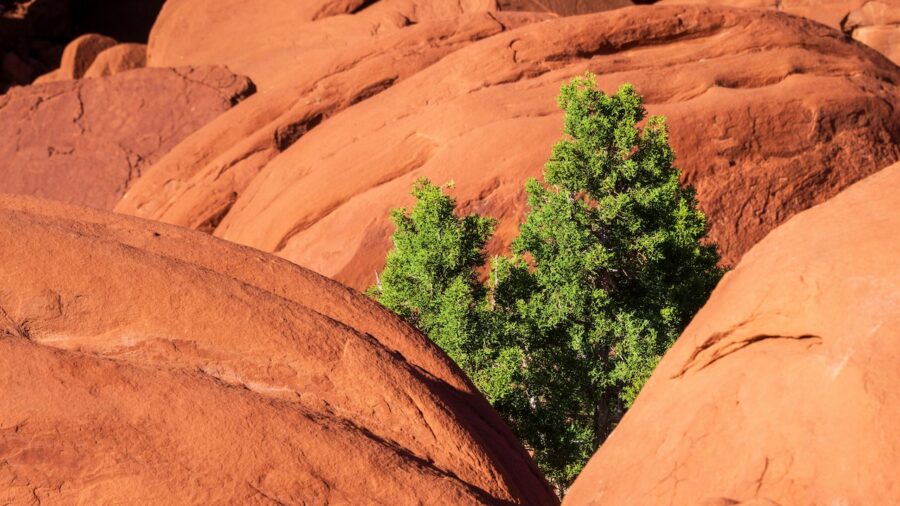
It makes perfect sense that the Mars images would evoke memories of the American Southwest, as the location of this 18-image photoshoot has been given the nickname Atoko Point in reference to a similar-looking feature within the Grand Canyon.
The soil and mineral content at the photo site were studied by the Perseverance rover’s Mastcam-Z and SuperCam instruments, which revealed the presence of basic compounds like mineral pyroxene.
Mars Similarities
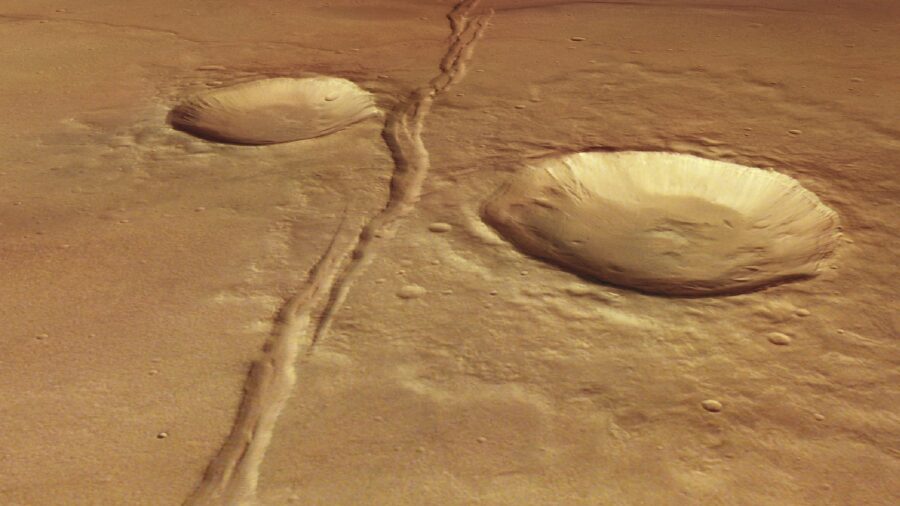
This Jezero Crater search has not yielded any mind-blowing discoveries like the existence of flowing water on the red planet or little green men piloting flying saucers.
However, the images of Mars certainly help showcase the similarities between Mars and our little blue marble.
As camera technology on rovers and other such studies becomes more and more advanced, the prospect of blasting off to Mars is sure to become as simple and banal as boarding a cross-country flight.
Cooled Off Magma?
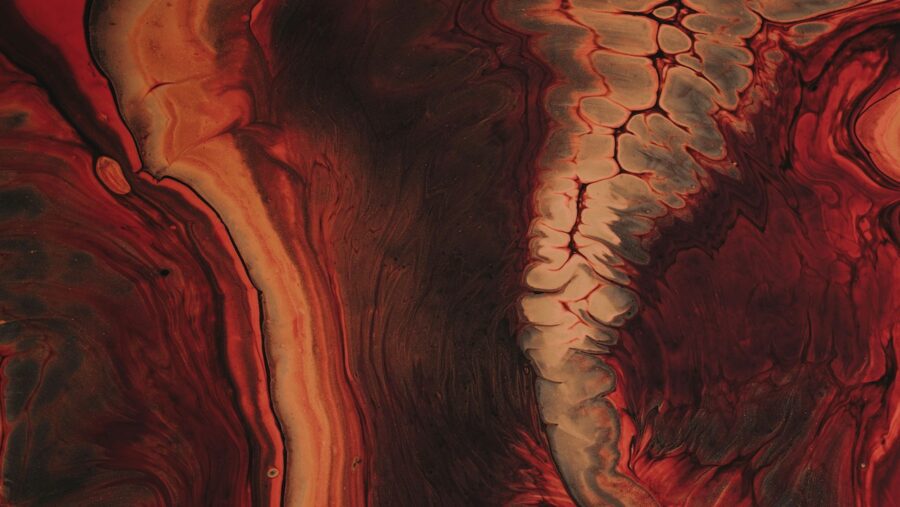
NASA scientists responsible for studying the rover’s findings have speculated that the mineral deposits seen in the Mars images are actually exposed remnants of cooled-off magma that once coated the entire region.
Buried just beneath the red-brown soil of the planet’s surface, these rocks could serve as the raised edges of a crater rim caused by a prehistoric volcanic eruption.
Other researchers focused on the existence of flowing water on foreign land have argued that these rocks could have been displaced from a distant eruption point and delivered to their current location by the swift flow of ancient rivers.
So Many Mars Mysteries
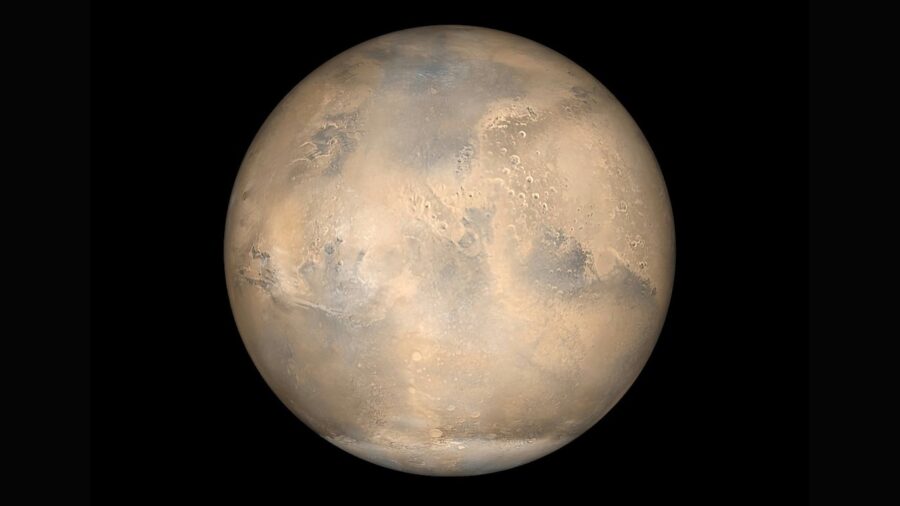
Future endeavors by NASA and the European Space Agency seek to collect boulders like those seen in the new Mars images and return them to Earth for hands-on studies.
For now, there are still thousands of mysteries surrounding Mars’ geological makeup and history for researchers to explore.
Sometimes, it seems that the more we learn, the more questions arise about our interstellar neighbor. Still, as the Perseverance rover prepares to round its fourth year on the distant red surface, it seems clear that further study of Mars and subsequent images such as these are integral to unlocking the truth about the foreign planet.
Source: NASA












